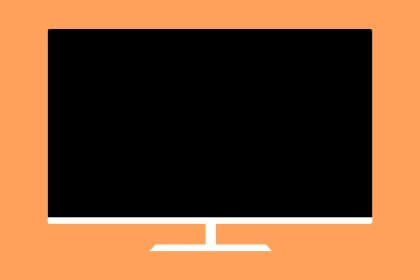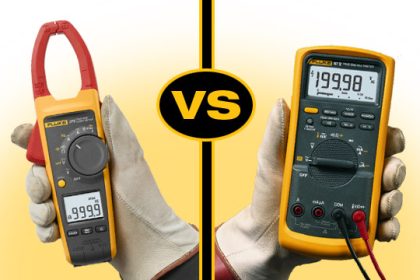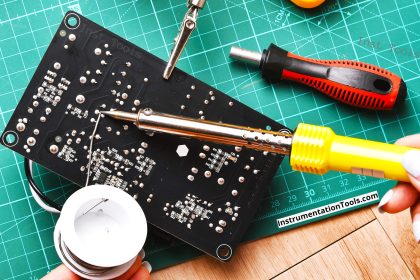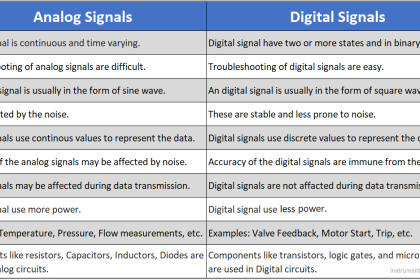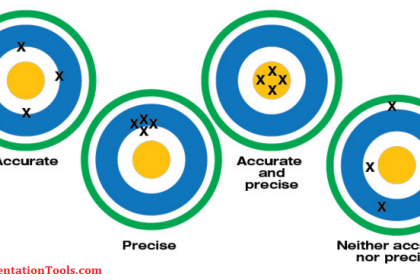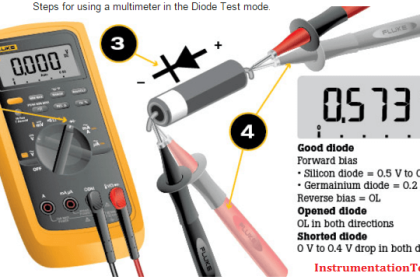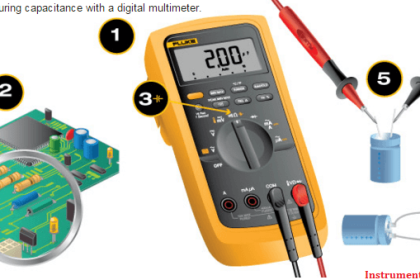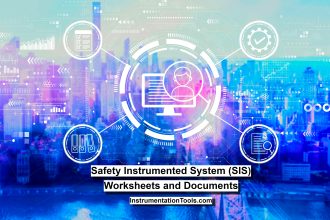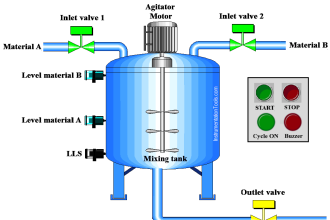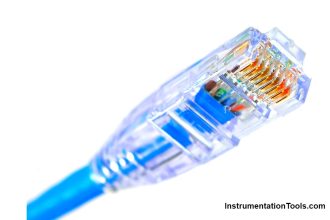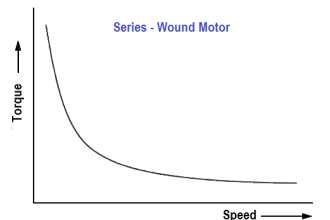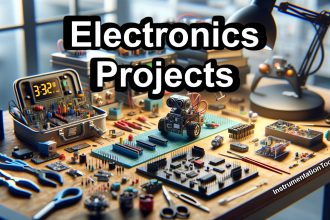There cannot exist an electronic device or an instrument without a PCB or electronic chip. It takes so much effort to build a PCB, but utmost care should be taken to maintain it too.
Because the micro-components embedded in the chip are very sensitive, any rust and dust or even minute corrosion can damage the components. And PCB goes through a very common issue – corrosion. So, in this post, we will see how to prevent corrosion on electronic boards.
What is PCB corrosion?
Metals corrode due to a process called oxidation. When it is exposed to the atmosphere for a long time or some drop of water falls on it, the metal undergoes a chemical reaction with oxygen.
Due to this, it starts to lose some of its original properties for which it has been used for semiconductor compliance. It then becomes to look for expanding unwanted outside its areas or will lose its shine or layout in its own particular area. This is called corrosion. So, air moisture, air dust, air pollution, or direct contact with water can start corrosion activities.
It is not possible that we keep the PCB exposed to the atmosphere deliberately. But, it can enter via some open space, prolonged accidental exposure, or even by touching oily and moist hands to it. It is also possible that during the manufacturing of the PCB, some partially decomposed change remains on the solder part as residue; or the worst case, can be also caused by improper manufacturing.
And as PCB uses copper or tin as the main material for its board, it is far more susceptible to corrosion than gold or silver. You can notice a rusty part on the PCB, which means that the part has corroded or just begun to corrode.
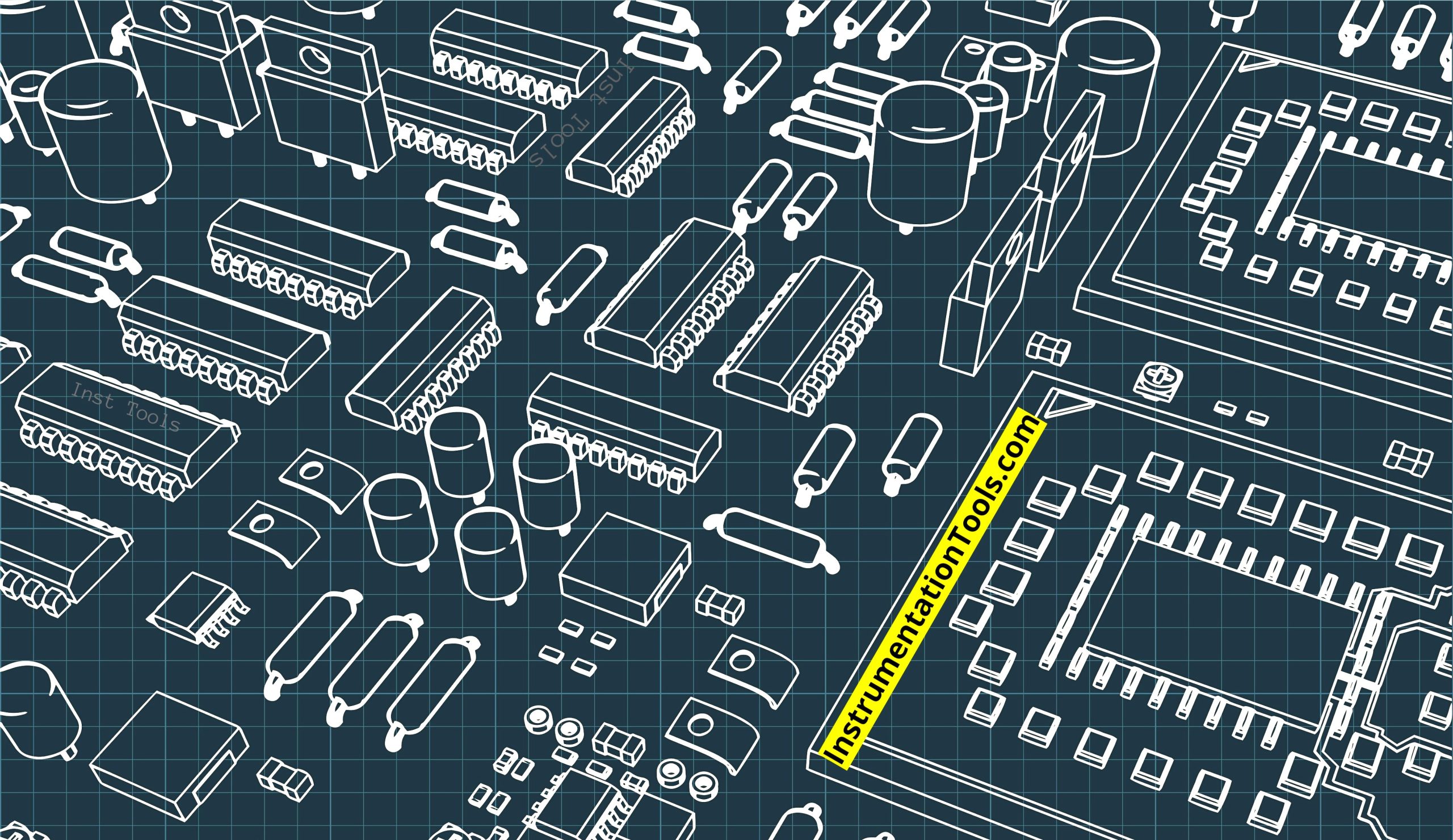
What causes corrosion in PCB?
Now that we have seen what corrosion in a PCB is in general, let us see some causes for this problem:
- Every metal, especially copper or tin, when embedded in PCB, is made in groups. In any one group, all atoms are arranged with one particular orientation and one particular pattern. This group is called “grain” in PCB language. Between each grain, there exists a boundary that defines the individual pattern between them. If some unwanted chemical exists in grain boundaries, then it spreads corrosion to many such grains. This is also called intergranular corrosion.
- When there are two adjacent PCBs that are frequently in motion and touching each other, there is a high chance that one PCB can cause oxidation in the other due to separate chemical properties. Even mere touching frequently can also start to rust the other surface, as the area starts to wipe off. This is also called fretting corrosion.
- When some ionic contamination or an electrolyte solution enters the chip area, and if both the metallic properties are different, then corrosion starts to occur. And when current starts to flow between them, then it promotes corrosion more due to conduction. This is also called electrochemical corrosion.
- The atmosphere, as discussed, plays a major role in corrosion. A moist environment and dirty air cause particles and water droplets to get stuck on the boards, which starts the oxidation process and ultimately causes corrosion.
- Solder flux is extremely important during soldering as it combats oxidation during soldering. It actually reduces oxidation. But, when its residue remains, it can cause corrosion as some of it contains chlorine, which aids oxidation due to sensitivity to temperature changes.
- Improper use is also a major concern for corrosion. Overlooking basic fabrication and handling procedures during manufacturing can cause pollution in the PCB, encouraging corrosion.
How to clean corrosion from PCB?
- Use the following materials for cleaning a board – baking soda, isopropyl alcohol, distilled/deionized water, compressed air, ultrasonic cleaners, cleaning brushes, microfiber cloths, hair dryer, or a gas or vapor phase cleaners (used to heat a chemical solvent that produces steam and dissolves the chemicals stuck on PCB).
- You should ensure that there are no open parts or exposures to the environment for any circuit board. Minute detailing and observation are required for this. This is the main reason for corrosion, and if it is not exposed, then the issue will be solved automatically.
- Select the enclosure, which houses the board, with desired IP rating. It should be high so that it is affected minimally or none by outside factors.
- When a fabricator is manufacturing the board, he should avoid getting fingerprints or liquids on printed circuit boards and also ensure that it is made in a clean, dry environment.
- You will feel the heat in your pocket when you use gold for the board base, but it is the best metal in terms of corrosion resistance. Try to use it if possible.
- You can place external coatings over solders or exposed metal areas like epoxy coatings, aerosol spray coatings, and solder masks.
In this way, we saw how to prevent corrosion on electronic boards.
Read Next:
- MCB vs Fuse Questions and Answers
- Electrical Engineering Documents Quiz
- What is a Fieldbus Terminator?
- Novel Materials for PCB Fabrication
- Five Types of PCB Assembly Explained
